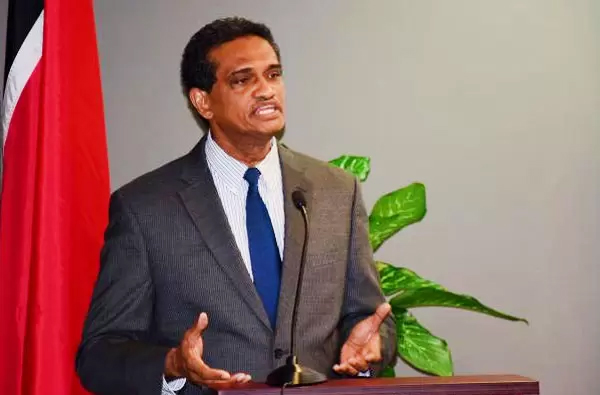
Kaieteur News
GEORGETOWN
EnergiesNet.com 12 26 2022
The Stabroek Block contract does not contain a single provision which explicitly empowers Guyana with the right to approve how much ExxonMobil Corporation and its partners spend on projects.
In fact, Guyana can only check the oil companies’ bills to ensure the costs incurred were not inflated and that they are in keeping with international benchmarks. Guyana also has the ability to see monthly or yearly estimates of expenditure to be spent by Exxon, Hess Corporation and CNOOC Petroleum Guyana Limited.
Even with limited scope in the Stabroek Block deal, Energy Expert and International Consultant, Anthony Paul, said Guyana still has a few good opportunities to increase its influence.
Paul noted that ExxonMobil is moving at break neck speed to monetize its discoveries. In doing so, it will need approval from the government for its Field Development Plans. It is at this point, Paul says Guyana can say, “In exchange for the approval, these are the conditions you have to comply with.”
The Trinidadian Energy Strategist would have made these and other comments during a recent appearance on Kaieteur Radio’s Programme, Guyana’s Oil and You. There, Paul said the county has numerous opportunities to claw back some of the value lost in the lopsided ExxonMobil deal.
He noted however that this is only doable to the extent that the government has the ability of understanding what it wants and deserves and the confidence to ask for it. He said that at the end of the day, it really boils down to will power.
The international consultant said, “…If you haven’t got the will power to do it (then more value is lost). And we know when the contract was renegotiated in 2015 -2016; the opportunity was there with different information to make some significant changes. How that occurred gives you a sense of the will to make changes…”
Guyana is currently in the process of reviewing the Field Development Plan for ExxonMobil’s fifth project in the Stabroek Block called Uaru. That is expected to be the most expensive project for the country, costing at least US$10B.
Guyanese authorities are yet to publish the guidelines used to ensure proper due diligence of Exxon’s FDPs. This is in spite of the fact that Vice President, Dr. Bharrat Jagdeo had said earlier this year that he sees no issue with the government being transparent on this front.
In its project summary that was submitted to the Environmental Protection Agency (EPA), Exxon’s subsidiary, Esso Exploration and Production Guyana Limited said the Uaru Project will be located in the eastern portion of the block, approximately 200 km from Georgetown and amid previous Stabroek Projects.
Current plans include drilling to produce oil from approximately 40-76 wells which costs millions of dollars. Production is expected to begin between the fourth quarter of 2026 and the second quarter of 2027, with an expected field life of at least 20 years.
EEPGL said the production facilities to be installed include subsea equipment attached to the seafloor as well as processing equipment on the ocean’s surface known as a Floating, Production, Storage, and Offloading vessel.
The anticipated production rate for the FPSO ranges between approximately 220,000 barrels and 275,000 barrels of oil per day. The vessel will be capable of storing approximately two million barrels of oil.
Furthermore, EEPGL told the EPA that it has undertaken additional studies to obtain an even more comprehensive understanding of potential impacts of effluent discharges to water, the feasibility of alternative handling of produced water, cradle to grave waste management in Guyana, emergency response capabilities, and environmental compliance monitoring and verification. The company said the learnings from current operations and environmental studies will enhance the design and implementation of the Uaru Project, thereby increasing environmental performance and economic value.
It concluded that the Uaru Project will contribute positively, directly and indirectly, to economic growth in Guyana, including increased national revenues, local procurement of select goods and services, increased direct and indirect local employment opportunities, which drive associated beneficial “multiplier” impacts throughout the local economy.
kaieteurnewsonline.com 12 24 2022










